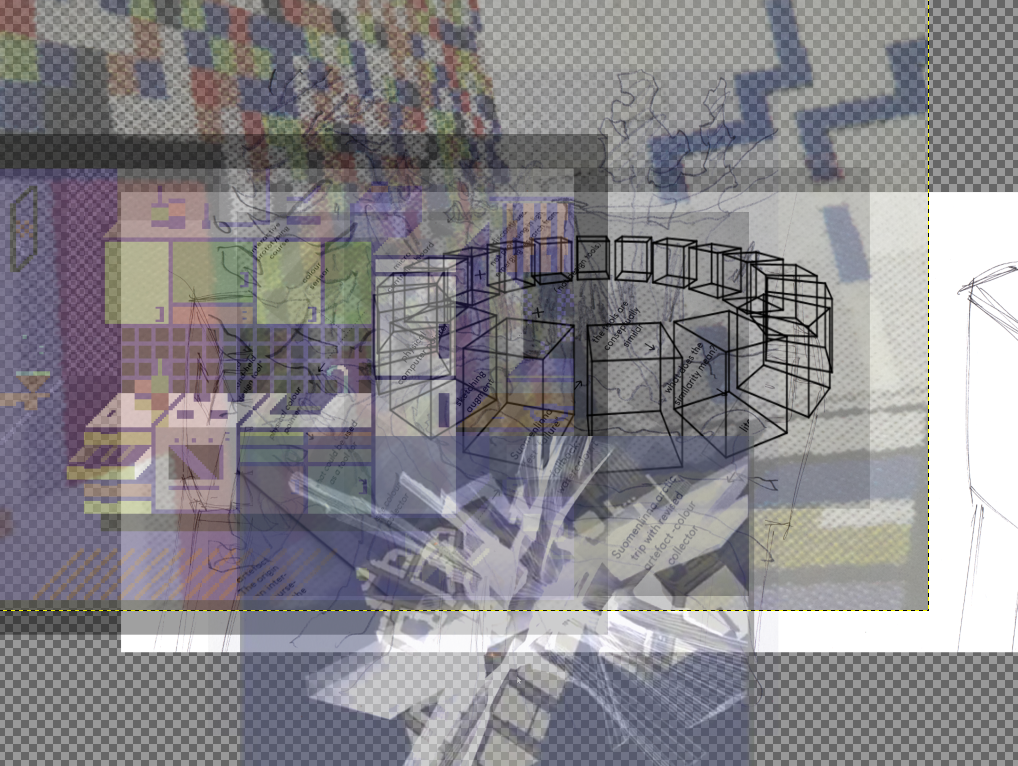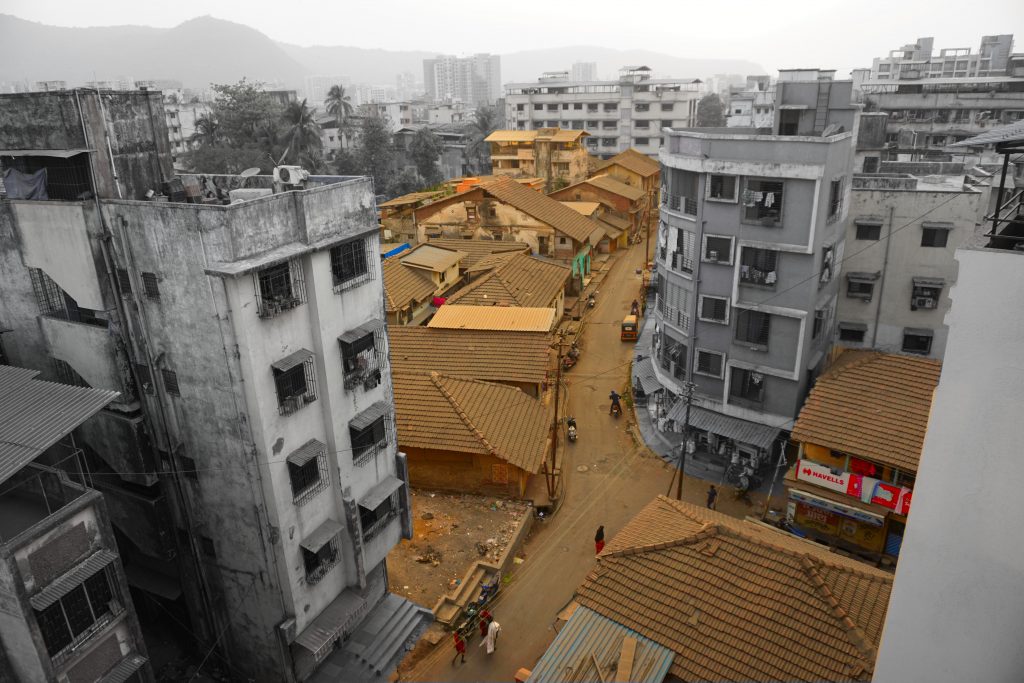Welcome everyone to the third New Media Doctoral Seminar of the semester! The presentations are open to everyone. Please join us next Thursday!
Thursday 21.11.2019 / 16:30-19:30 / Väre / R113
Additional to the programme, Annukka Jyrämä (Senior Advisor, Research ethics at Aalto) will begin the session with a brief presentation on research ethics and Aalto’s processes and services.
Led by Professor Lily Diaz presentations to follow:
Reflections on making spatial design tools / Tero Heikkinen
Abstract:
The use of artistic and design processes as part of research has provided exciting realms to explore for researchers in the art and design fields, but these approaches have also brought challenges. In this presentation I take a reflective look back at one practice-led research process. How does the understanding of space become revised for a designer, through building tools and concepts, if this process is seen as a creative project explored through multiple prototypes and tasks? The prototype cases suggest further prototypes and literature, in an “iterative cyclic web” of practice-led research that here alternates between digital software and material tools. How to transform the sometimes chaotic and nebulous experiences of creative processes into a manageable research project, material for study and shareable outcomes? I discuss one way practical cases have become intertwined with each other and what choices informed them.
Biography:
Tero Heikkinen is a postdoctoral researcher at the Center for Artistic Research at the University of the Arts Helsinki. As a researcher he is interested in approaches that combine creative productions, design processes or artistic activities. He currently researches the uses of media-rich web platforms for artistic research output and publication. He graduated as a Doctor of Arts in design from Aalto ARTS in 2013, where he previously studied Furniture and Spatial Design.
‘Place’ in Internet of Things / Neha Sayed
Abstract:
‘Internet of things’ promises a new configuration of space augmented with data sensing and sharing technologies challenging the notion of ‘PLACE’. The advent of these surveillance technologies promises an ‘openness’ affecting the way we live our daily life. This research aims at exploring the evolution of this place in ‘Internet of things’.Building on the Posthuman Ontology of Karen Barad, I began research by trying to investigate the notion of an architectural place. I designed a methodological framework which is multidisciplinary consisting of four disciplines, architecture, urban design, urban planning and anthropology. The research is autoethnographic and the place selected for study is a market square where last five generations of mine have resided and practiced trade. During 2016-17, I conducted observations with the community on the market square. In the beginning of 2019, along with the community I designed a concept for traffic regulation using sensors for Panasonic Design Competition. The actual design is to be tested within the community. This research presents a meaning of place and attempts to define the change caused by the sensor driven technologies.
Biography:
Basically an architect from Mumbai Neha has done a combination of architectural practice and teaching for the last eighteen years. She did her Masters in Experience Design from Konstfack, Stockholm, which added another skill of being a researcher. Her work in the Masters was focused on developing user-centred design and studying research methodologies to achieve the expected outcome. Since 2009, apart from teaching and architectural practice she has been conducting research within communities and their relationships to space and in turn place. In 2012-13, she lead a team of researchers to draft street furniture manual for a heritage town of Matheran, which is the only pedestrian tourist destination in India having a very unique community dynamic. The manual is being adopted for the policies and design. The project inspired her to think of place specific design interventions with active participation of the community. Her practice as a designer has remained strong all this while, which is mostly around interior architecture, where the smart technologies are treated as a material. Her concern about the role of sensor driven environments grew and it led her to explore the changing nature of place in the case of Internet of Things.


